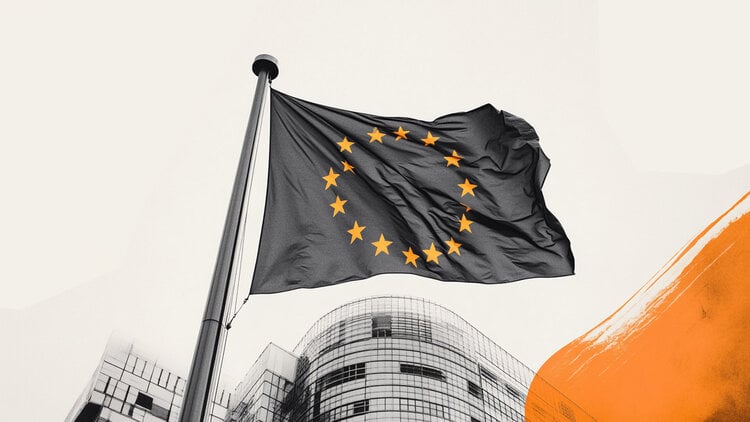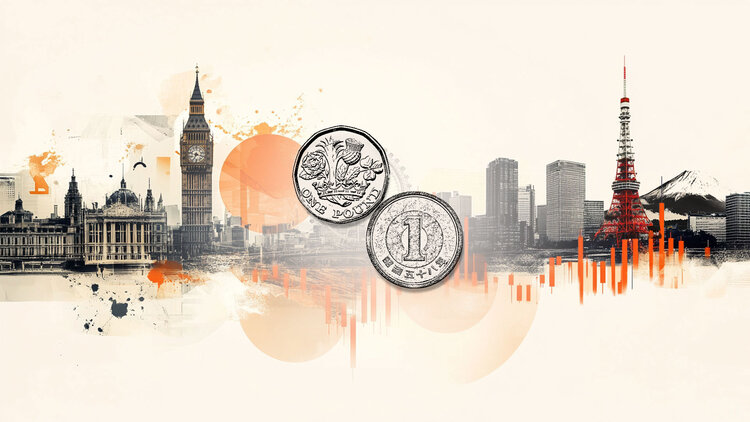Eurozone Preliminary HICP inflation rises to 2.2% YoY in September, as expected

The Eurozone Harmonized Index of Consumer Prices (HICP) rose at an annual rate of 2.2% in September, having reported a 2% growth in August, the official data released by Eurostat showed Wednesday.
Markets forecast a 2.2% print.
The core HICP advanced 2.3% year-over-year (YoY) in September, following a 2.3% increase in August while matching the 2.3% expected reading.
On a monthly basis, the bloc’s HICP inflation arrived at 0.1% in September, compared with August’s 0.1%.
The core HICP rose 0.1% month-over-month (MoM) in the same period after climbing 0.3% in August.
The European Central Bank’s (ECB) inflation target is 2.0%. The old continent’s HICP inflation data significantly impacts the market’s pricing of the ECB’s future interest rate cuts.
Key details from the Eurozone inflation report (via Eurostat)
Looking at the main components of euro area inflation, services is expected to have the highest annual rate in September (3.2%, compared with 3.1% in August), followed by food, alcohol & tobacco (3.0%, compared with 3.2% in August), non-energy industrial goods (0.8%, stable compared with August) and energy (-0.4%, compared with -2.0% in August).
EUR/USD reaction to the Eurozone inflation report
The Euro holds moderate gains after Eurozone inflation data, with EUR/USD adding 0.15% on the day to trade near 1.1750 as of writing.
Euro Price Today
The table below shows the percentage change of Euro (EUR) against listed major currencies today. Euro was the strongest against the US Dollar.
| USD | EUR | GBP | JPY | CAD | AUD | NZD | CHF | |
|---|---|---|---|---|---|---|---|---|
| USD | -0.15% | -0.19% | -0.53% | -0.00% | -0.03% | -0.39% | -0.13% | |
| EUR | 0.15% | -0.03% | -0.40% | 0.14% | 0.13% | -0.22% | 0.00% | |
| GBP | 0.19% | 0.03% | -0.34% | 0.18% | 0.17% | -0.19% | 0.05% | |
| JPY | 0.53% | 0.40% | 0.34% | 0.54% | 0.48% | 0.37% | 0.49% | |
| CAD | 0.00% | -0.14% | -0.18% | -0.54% | -0.03% | -0.37% | -0.13% | |
| AUD | 0.03% | -0.13% | -0.17% | -0.48% | 0.03% | -0.36% | -0.12% | |
| NZD | 0.39% | 0.22% | 0.19% | -0.37% | 0.37% | 0.36% | 0.24% | |
| CHF | 0.13% | -0.01% | -0.05% | -0.49% | 0.13% | 0.12% | -0.24% |
The heat map shows percentage changes of major currencies against each other. The base currency is picked from the left column, while the quote currency is picked from the top row. For example, if you pick the Euro from the left column and move along the horizontal line to the US Dollar, the percentage change displayed in the box will represent EUR (base)/USD (quote).
This section below was published at 07:29 GMT as a preview of the Eurozone preliminary Harmonized Index of Consumer Prices inflation data.
The Eurozone Prelim HICP Overview
The Eurostat will publish the preliminary Eurozone Harmonized Index of Consumer Prices (HICP) data for September later on Wednesday at 09:00 GMT.
Eurozone HICP inflation is expected to rise to 2.2% year-over-year (YoY) in September, from 2.0% in August. Meanwhile, the annual core inflation is anticipated to remain consistent at 2.3% in the reported month.
The monthly Eurozone inflation and core inflation were at 0.1% and 0.3%, respectively, in August.
How could the Eurozone Prelim HICP affect EUR/USD?
The EUR/USD pair may receive support if Eurozone HICP data comes stronger-than-expected. The inflation and core inflation are both expected to come above the European Central Bank’s (ECB) target of 2.0% YoY.
The EUR/USD pair also appreciates as the US Dollar (USD) faces challenges after the latest US jobs data increased the odds of Federal Reserve (Fed) rate cuts. Traders are likely to await September’s US ADP Employment Change and ISM Manufacturing PMI data later in the day, though their release could be disrupted by the government shutdown.
The Euro (EUR) advanced against its peers after preliminary German Consumer Price Index (CPI) data was released on Tuesday. The German Harmonized Index of Consumer Prices, the European Central Bank’s (ECB) preferred gauge of inflation, rose 0.2% month-over-month, lifting the annual rate to 2.4% from 2.1%.
Technically, the EUR/USD pair surges to near 1.1780 at the time of writing, extending its winning streak for the fourth successive session. The market bias has turned bullish as the 14-day Relative Strength Index (RSI) moves above the 50 level.
The EUR/USD pair could explore the region around 1.1918, the highest since June 2021, which was recorded on September 17. On the downside, the initial support lies at the nine-day EMA of 1.1743, followed by the 50-day EMA of 1.1688. Further declines would prompt the EUR/USD pair to test the two-month low of 1.1608.
Inflation FAQs
Inflation measures the rise in the price of a representative basket of goods and services. Headline inflation is usually expressed as a percentage change on a month-on-month (MoM) and year-on-year (YoY) basis. Core inflation excludes more volatile elements such as food and fuel which can fluctuate because of geopolitical and seasonal factors. Core inflation is the figure economists focus on and is the level targeted by central banks, which are mandated to keep inflation at a manageable level, usually around 2%.
The Consumer Price Index (CPI) measures the change in prices of a basket of goods and services over a period of time. It is usually expressed as a percentage change on a month-on-month (MoM) and year-on-year (YoY) basis. Core CPI is the figure targeted by central banks as it excludes volatile food and fuel inputs. When Core CPI rises above 2% it usually results in higher interest rates and vice versa when it falls below 2%. Since higher interest rates are positive for a currency, higher inflation usually results in a stronger currency. The opposite is true when inflation falls.
Although it may seem counter-intuitive, high inflation in a country pushes up the value of its currency and vice versa for lower inflation. This is because the central bank will normally raise interest rates to combat the higher inflation, which attract more global capital inflows from investors looking for a lucrative place to park their money.
Formerly, Gold was the asset investors turned to in times of high inflation because it preserved its value, and whilst investors will often still buy Gold for its safe-haven properties in times of extreme market turmoil, this is not the case most of the time. This is because when inflation is high, central banks will put up interest rates to combat it.
Higher interest rates are negative for Gold because they increase the opportunity-cost of holding Gold vis-a-vis an interest-bearing asset or placing the money in a cash deposit account. On the flipside, lower inflation tends to be positive for Gold as it brings interest rates down, making the bright metal a more viable investment alternative.





